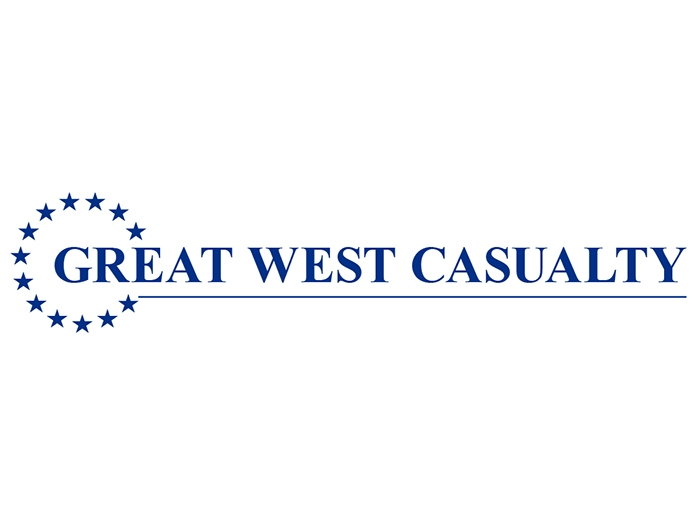Risk Focus: Surety
Letters of Credit Too Expensive? Surety Bonds Can Lower Your Borrowing Costs

Increasing interest rates for competing letters of credit and ease of access are combining to drive strong growth in the commercial surety business. More carriers and plenty of capacity are also fueling growth, experts said.
According to the Surety & Fidelity Association of America, in 2017, direct premiums written in surety increased from $5.9 billion to $6.2 billion, the fifth straight year of a steady increase.
Surety is usually a three-party arrangement in which an obligation from one party to another is guaranteed by a third party: the surety underwriter. According to Rick Ciullo, the chief operating officer for the Hartford Bond, about 80 percent of the surety market in the U.S. is applied to construction projects. The other 20 percent is classified as commercial surety.
Not Just for Construction Anymore
Both segments are seeing growth, but commercial surety, in particular — and for a variety of factors — is on the move, according to experts.
According to Dave Hewett, who leads the surety practice for Marsh, one area where commercial surety is being applied increasingly is the oil and gas business in Houston and along the rest of the Gulf Coast.
“We are seeing a lot of growth, especially out of the Houston energy sector, and we are seeing it in a couple of different ways. We are seeing an increase in surety bonds around gas supply — which traditionally has not been a huge use of surety bonds — and are seeing quite a bit of uptick in that,” Hewett said.
He added there’s also an active business in plugging and reclamation of oil and gas wells that are no longer in use.
Surety is also used in mine reclamation work, sources say, but that business is more stable and is not seeing the growth that oil and gas-well reclamation is seeing.
“The pipeline business is very active,” Hewett said, adding that parties looking to secure the purchase or sale of gas or oil at a given price are using surety bonds to guarantee purchase prices.
“We don’t think of that as construction; that really is a guarantee of a commodity purchase,” Hewett said.
Underwriters Entering Commercial Surety
Surety underwriters traditionally compete with banks, which offer letters of credit to cover obligations from one party to another. But recently, within the past 18 to 24 months, letters of credit are becoming increasingly expensive, and premium rates in surety are down, as are loss ratios.
“If you were running a property/casualty company, you could be in the marine business or the D&O business or the surety business — for example, the surety business has been profitable and looks like a good business to be in,” said The Hartford’s Ciullo.
Ciullo noted that for those underwriters looking to get into the business, commercial surety is the easiest point of entry. He said construction surety requires teams of surety professionals in most major cities to build the necessary relationships.
“Commercial, on the other hand, can be started by focusing on a handful of cities,” Ciullo said.
Low loss ratios and an increasing comfort level with surety of those companies seeking guarantees is helping drive the business.
“We don’t see any indication of any strain in surety capacity, and our largest clients who need the largest obligations are still able to come up with them without any undue pressure.” — Dave Hewett, surety practice leader, Marsh
According to Robert Duke, the general counsel for the Surety & Fidelity Association of America, direct loss ratios in surety in 2016 were just over 10 percent.
Surety, as opposed to a letter of credit, is an off-balance-sheet liability and thus can free up more credit for other purposes.
According to Hewett, in addition to the oil and gas business, litigation appeal bonds, lease bonds in commercial real estate, insurance program bonds and the use of surety in private equity M&A are other growth areas.
Surety’s Litigation Impact
According to Marsh, a big uptick in patent infringement and intellectual property disputes is driving up the use of surety bonds to cover the appeals process.
“As litigation continues to heat up in both frequency and severity, it’s not surprising to see appeal bond requests in the billions of dollars today versus about $500 million just five years ago,” the company relates.
“While new sureties have entered the market, the major players have doubled and even tripled their available capacity during this time,” the brokerage added.
“Appeal bonds allow defendants to post a bond rather than pay out a trial court award until the appeal is decided. For plaintiffs, appeal bonds ensure that if the trial judgment is affirmed on appeal, money will be available even if the defendant goes bankrupt or is not in a position to pay the judgment amount,” Marsh said.
In an example of an insurance program bond, Marsh said, an $84 million letter of credit for a company that self-insures for workers’ compensation was replaced by a combination of a letter of credit and surety, which freed up $19 million in letter of credit capacity for the company.
Analyzing Best Practices
Like Hewett, The Hartford’s Ciullo said the increasing cost of letters of credit is making surety bonds more competitive.
“At the end of the day, an underwriter’s job is to assess the risk and reach their own decision about what an acceptable price would be and sometimes that matches up with what bankers do and sometimes it doesn’t.” — Rick Ciullo, chief operating officer, Hartford Bond
“Cost of letters of credit would be one of the governing factors in a customer or an agent’s decision to use surety bonds instead,” Ciullo said.
But, he said, from the underwriting side, surety underwriters conduct their own analysis. How banks evaluate a risk doesn’t come into their reckoning.
“It’s not always easy for a surety underwriter to benchmark against letters of credit even if you had access to that kind of information,” Ciullo said.
“At the end of the day, an underwriter’s job is to assess the risk and reach their own decision about what an acceptable price would be and sometimes that matches up with what bankers do and sometimes it doesn’t,” he added.
Some say that the increasing size of construction projects and the need for infrastructure improvements will constrict surety capacity. Hewett said he sees no sign of that.
“We don’t see any indication of any strain in surety capacity,” he said. &











